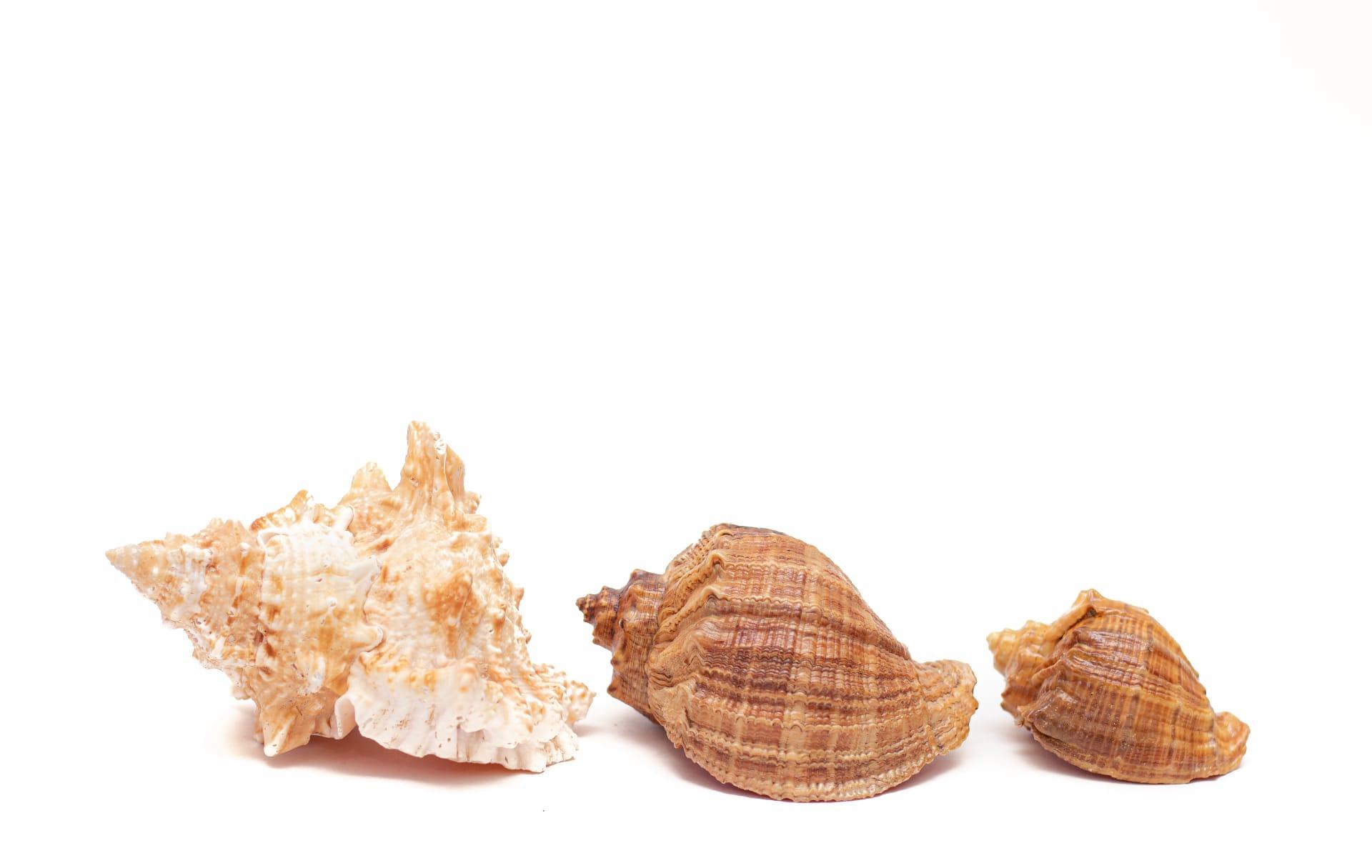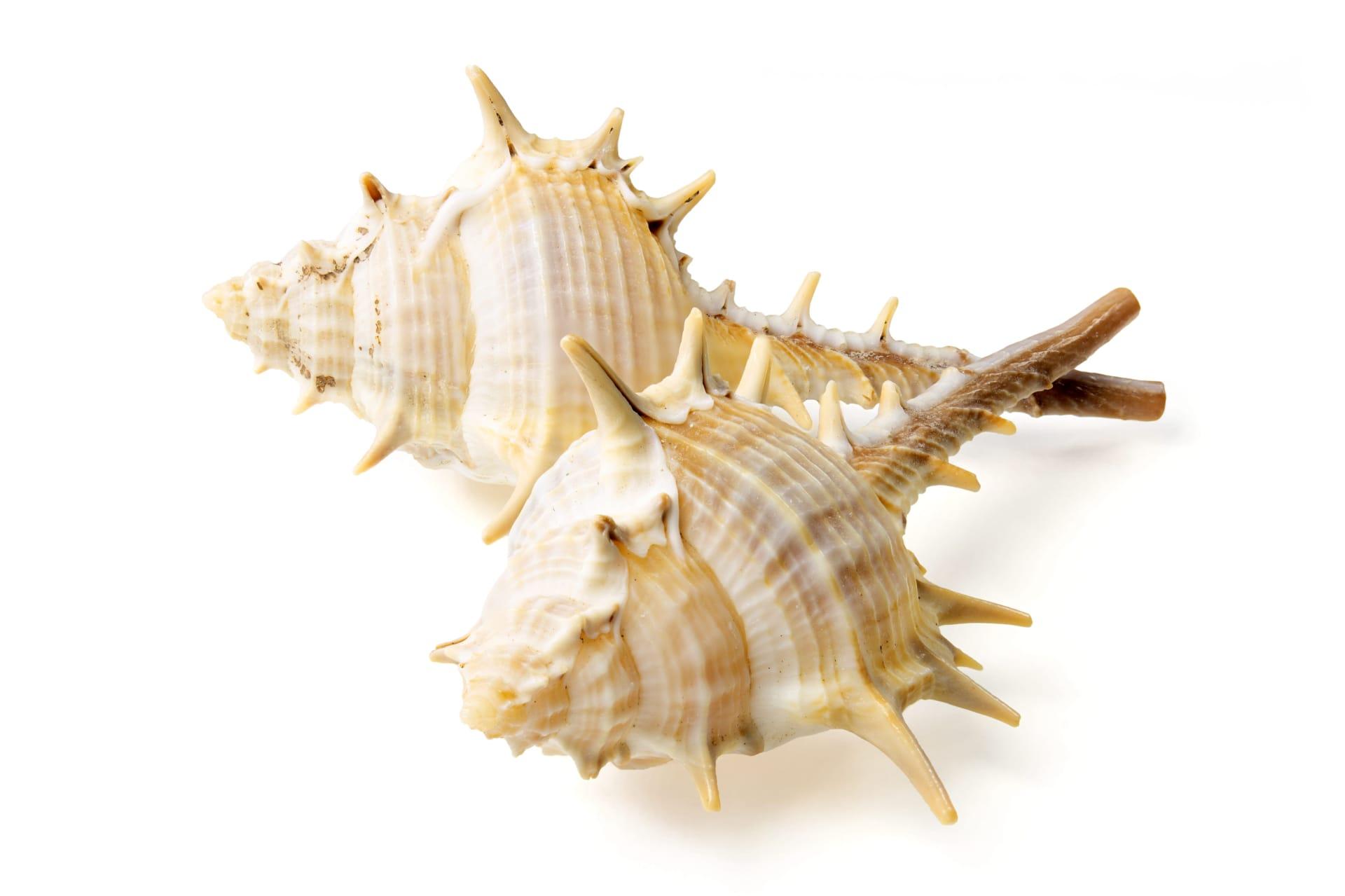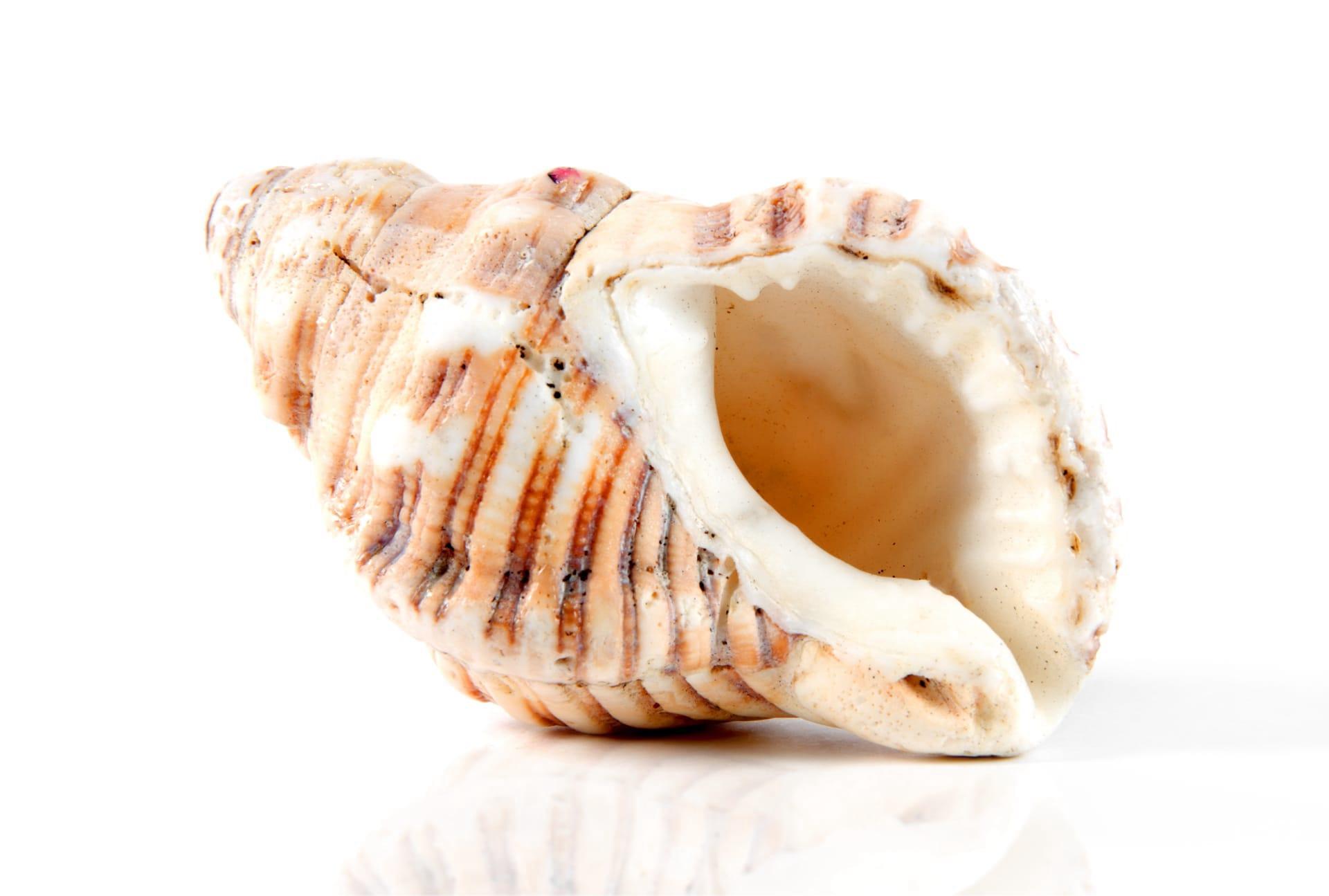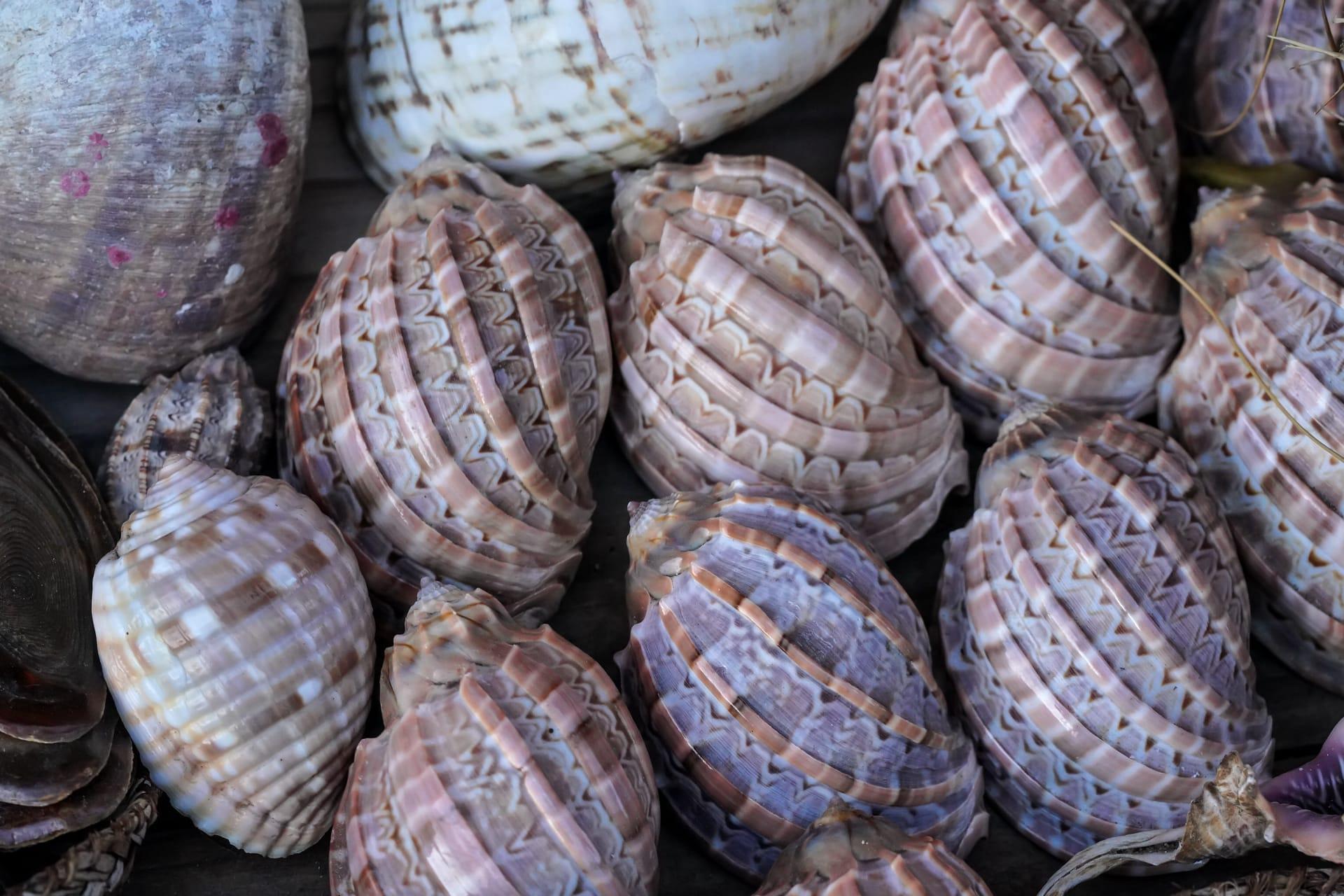Conch Characteristics
- Home /
- Mini Encyclopedia /
- Animal /
- Conch Characteristics
1
Conches, known scientifically as gastropods from the family Strombidae, are fascinating marine creatures. They exhibit a wide range of sizes, typically measuring from 5 to 12 inches in length. These mollusks are known for their longevity, with some species living up to 20 to 30 years in the wild. Their shells are their most distinguishing feature, often robust and spirally coiled, providing protection and a distinct appearance.
The most unique organ of a conch is its radula, a ribbon-like structure in their mouth. This specialized organ is used for feeding, consisting of numerous microscopic, chisel-like teeth. The radula functions like a file, allowing the conch to scrape food particles off hard surfaces or drill into prey, making it a crucial tool for their survival.

2
Question: How does a conch produce its shell?
Answer: A conch's shell is produced by the mantle, a significant organ that lines the shell's interior. This process involves the secretion of calcium carbonate and proteins, forming the hard, external shell. As the conch grows, its mantle adds new layers to the shell's opening, resulting in the spiral shape. The color and pattern of the shell are also determined by the mantle, influenced by the conch's diet and environmental factors, leading to the diverse appearances seen in different species.

3
Conches move using a muscular foot, a unique adaptation among marine snails. This foot is strong and agile, allowing them to glide over sandy seafloors and rocky substrates. They can even use it to leap away from predators, a surprising feat for a seemingly slow creature. This movement is essential for their survival, aiding in foraging and escape from threats.
In terms of feeding, conches are primarily herbivores, grazing on algae and detritus. However, some species show carnivorous tendencies, preying on smaller invertebrates. They use their radula to scrape food off surfaces or to penetrate their prey. This feeding strategy allows them to adapt to various environments, contributing to their widespread distribution in tropical and subtropical waters.

4
Conches thrive in warm, shallow waters, commonly found in coral reefs, seagrass beds, and sandy bottoms. These environments provide ample food and shelter, crucial for their survival. The temperature and salinity of the water play a significant role in their distribution, with most species preferring tropical or subtropical climates.
Reproduction in conches is fascinating. They are dioecious, meaning individuals are distinctly male or female. Fertilization occurs internally, and females lay long, gelatinous egg masses, which are often anchored to the substrate. These egg masses contain thousands of eggs, from which tiny, fully formed conches emerge, ready to start their life cycle.

5
Book: "The Secret Life of Conches" by Dr. Sarah Benson, published in the United States in 2010. This book delves into the intriguing world of conches, exploring their biology, behavior, and ecology. Dr. Benson combines scientific research with engaging narratives to bring the reader closer to these remarkable creatures, highlighting their importance in marine ecosystems.
Book: "Conches of the Caribbean" by Prof. Miguel Alvarez, released in Spain in 2015. Prof. Alvarez offers an in-depth look at the various species of conches found in the Caribbean Sea. The book includes detailed descriptions, photographs, and insights into the cultural significance of conches in Caribbean societies. It’s an essential read for anyone interested in marine biology or the cultural heritage of the Caribbean region.